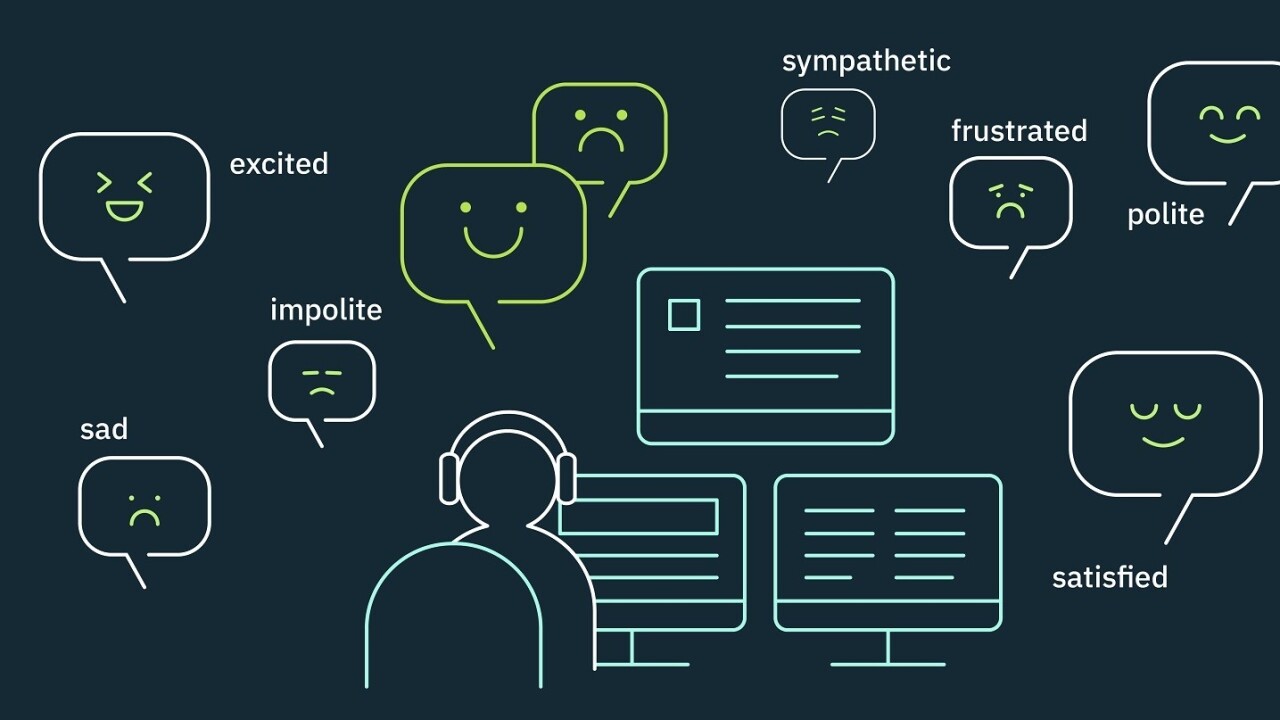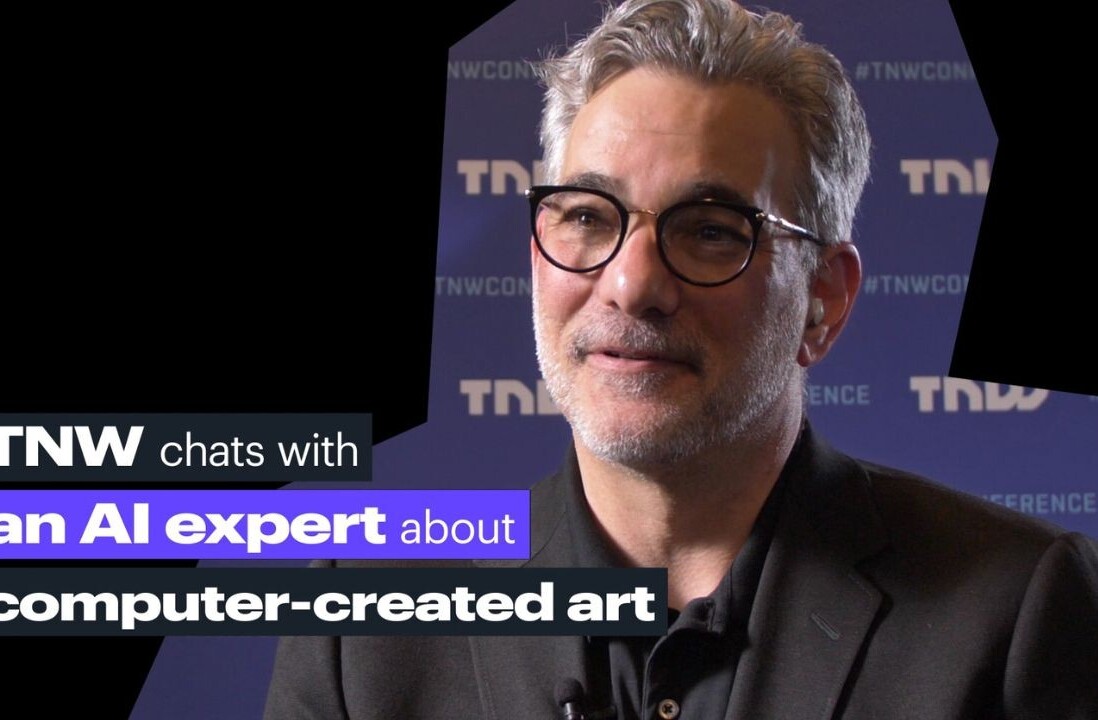
IBM is blazing a trail when it comes to how robots interact with humans. The company recently upgraded its Watson AI with a ‘Tone Analyzer’ service that allows it to understand nuance and tone of text. By analyzing word choice, emoji use, and context the AI is learning to understand how we talk to each other.
There are thousands of companies doing work in the AI space right now, but most of it happens in the background. It’s one thing to teach an AI how to find what you’re looking for on the internet, it’s more impressive to give AI manners and train it to be a customer service agent.
In one version of Watson’s ‘Tone Analyzer,’ built as a general purpose service, it understands 13 unique human “tones” or ways we express ourselves. The other version features a more focused one, it’s only worried about seven. These are the tones IBM feels are most important to a customer service agent and include: frustration, satisfaction, excitement, politeness, impoliteness, sadness and sympathy.
According to IBM master inventor and head of the people insights division, Rama Akkiraju:
Right now what we have are these sets of building blocks for companies and developers to start building these systems. They are self-learning and train on an incremental basis, they’re really designed around the concept of customization.
The customer service applications for Watson extend beyond just talking to clients. You can teach the AI to respond in specific ways when customers express a specific emotion — which would allow it to de-escalate the situation or respond accordingly — but you can also use it as a training tool to help agents better do their job.
A chat bot that understands when a person is upset probably isn’t going to be passing the Turing Test any time soon – but the robot who does will trace its family tree back to one like Watson.
Get the TNW newsletter
Get the most important tech news in your inbox each week.




